Speed limits for HGVs (goods vehicles weighing more than 7.5 tonnes) have increased by 10mph on dual carriageways and single carriageway roads.
From 6 April the speed limit increased from 50mph to 60mph on dual carriageways and from 40mph to 50mph on single carriageway roads. Motorway limits for HGVs remain unchanged at 60mph.
The Government said it was raising the speed limit to improve business efficiency and forecast it was likely to raise average HGV speeds by up to 5mph on single carriageway A roads, but would have little impact on dual carriageways.
On dual carriageways, the government believes that, instead of speeding up to the new 60mph limit, HGVs will stick to a freeflow (not slowed by other traffic, junctions, hills, etc) speed of 53mph.
Not only is that the current freeflow speed on dual carriageways, but is typical on motorways because of better fuel efficiency. With EU-mandated speed limiters capping lorry speeds at 56mph, official research forecasts a 1mph increase in lorry speeds on dual carriageways.
Other than quicker journey times, the predicted benefits are: less ‘platooning’ of cars and other vehicles behind HGVs, less frustration among drivers behind which may lead to risky and ill-judged overtaking, and reduced toxic emissions (NOx) from HGVs (although faster-moving cars may generate more CO2 than currently).





















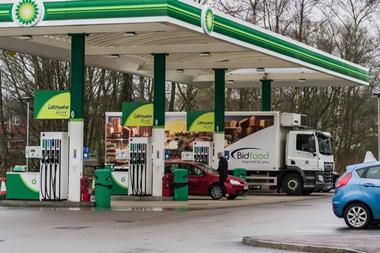
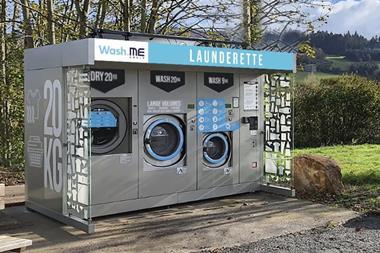
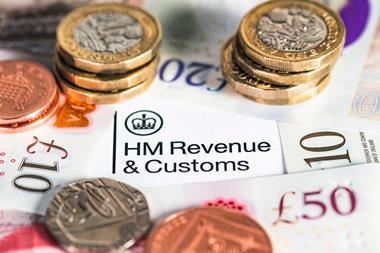
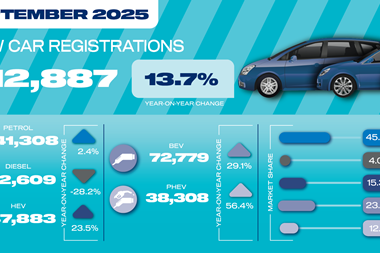
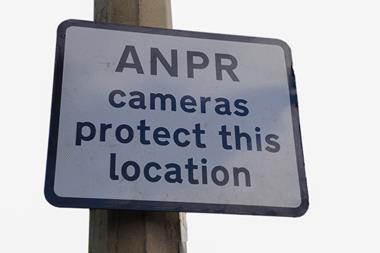
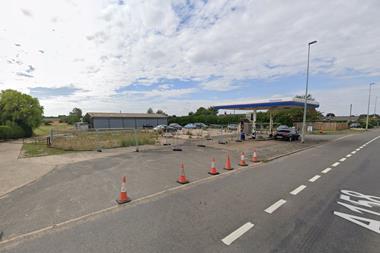
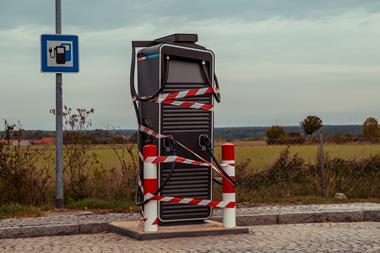

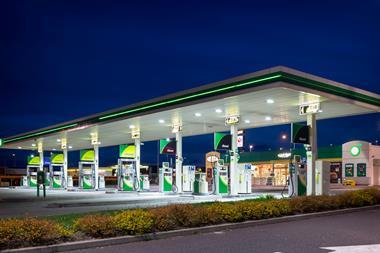


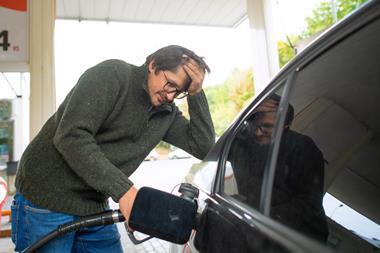
No comments yet